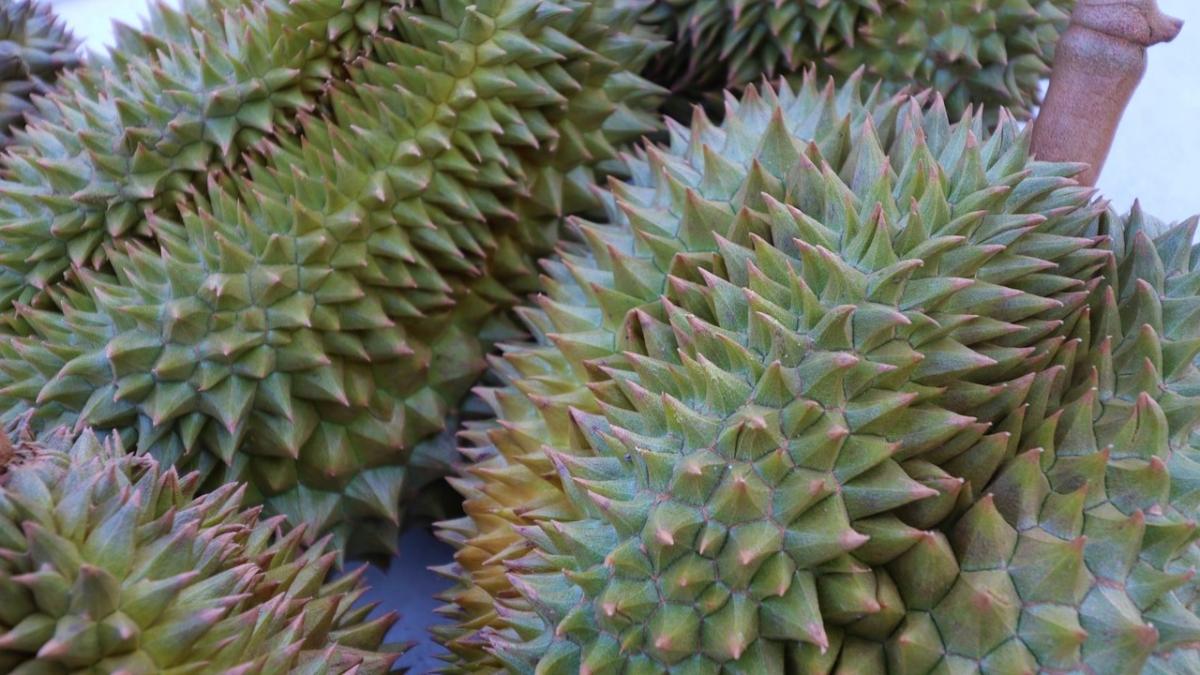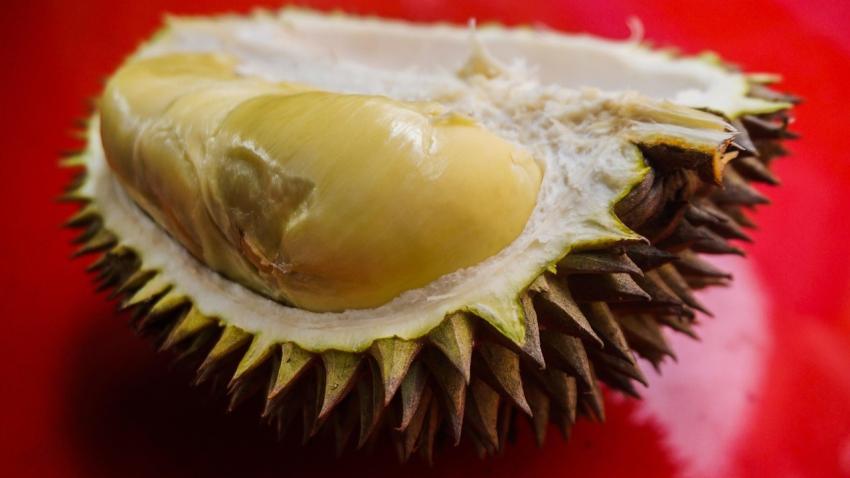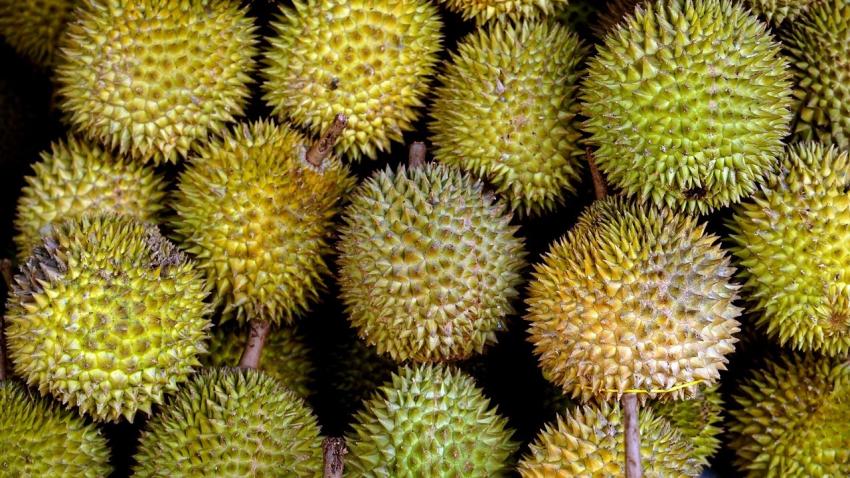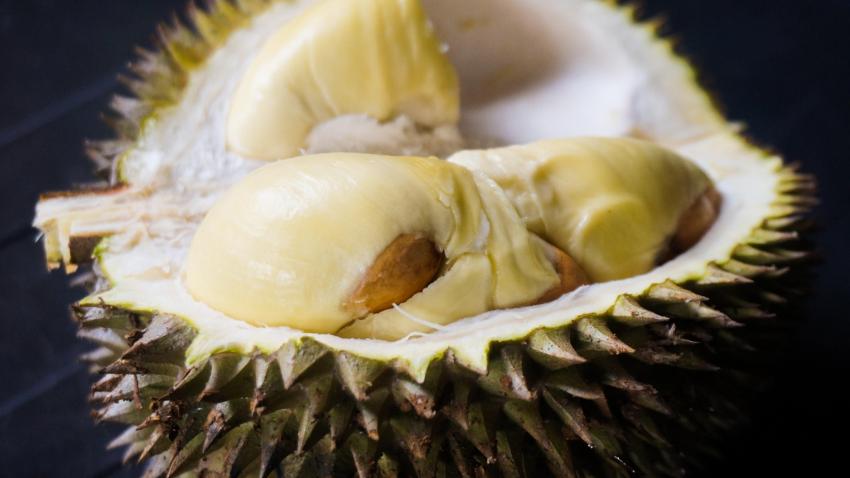You are here
Back to topVietnam Sees Steep Drop in Durian Prices

Cai Lay County in Vietnam’s Tien Giang province is a major region for durian cultivation. Local wholesale prices have witnessed a significant decline recently, plummeting by half over just the last month. Grade A Monthong durians, also referred to as “golden pillow,” were priced between 113,000 and 115,000 Vietnamese dong ($4.45–4.53) per kilogram, while grade B ones ranged from 93,000 to 95,000 dong ($3.66–3.74) per kilogram. Meanwhile, grade A Kanyao durians commanded prices between 81,000 and 86,000 dong ($3.19–3.39) per kilogram, with grade B ones fetching 66,000 to 68,000 dong ($2.60–2.68) per kilogram.
Nguyen Van Hung, a local grower with a half-hectare durian orchard, explained that because of weather conditions he had only managed to harvest approximately six metric tons of durians this season, representing just 60% of last year’s yield. In March, the initial two metric tons he harvested sold for 110,000 dong ($4.33) per kilogram. However, by April, despite adding another four metric tons to his crop, the wholesale price had plummeted to 80,000 dong ($3.15) per kilogram, with wholesalers pressing for further reductions.
According to a representative from the durian export company Van Hoa, the rapid decline in durian prices can be ascribed to an abundant supply during the off-season. Moreover, the quality of durians produced in the western provinces of Vietnam has been affected by the hot weather. Recently, the General Administration of Customs of China issued a warning over approximately 30 shipments of Vietnamese durians found to exceed the stipulated food safety limit for the heavy metal cadmium. This warning has prompted wholesalers to exercise greater caution and stringency when purchasing durians. Meanwhile, a decrease in new orders from China has led many traders to either suspend durian purchases or reduce wholesale prices.
Traders anticipate that durian prices in Vietnam will continue to decline even after entering the peak production season. They point out that the hot and dry weather has meant that durian yields are lower than in previous years, which should make it hard for prices to fall to very low levels such as 30,000 dong ($1.18) per kilogram.
According to Cai Lay authorities, despite a significant decline from their peak, durian prices still stand at relatively high levels, ensuring higher profits for growers compared with those cultivating other crops. As the durian season progresses, prices may further decrease to around 60,000 dong ($2.36) per kilogram, which is still higher than the average level seen in previous years.
At the same time, the government advises growers to properly harvest and store durians to ensure good quality for export. Given China’s current focus on fruit quality and pesticide residue issues, growers are being encouraged to ensure the appropriate use of fertilizers and pesticides in line with recommended dosages and standards.
Image: Pixabay
This article was based on a Chinese article. Read the original article.















Add new comment